ELA Monthly Pacing Guide: April/May/June
Domain: Oral Language and Vocabulary and Book Knowledge
Children will use new vocabulary in conjunction with Big Ideas and unit concepts.
Teachers will introduce and define key vocabulary during classroom discussions and read alouds.
Teachers will have keywords available on cards with associated pictures for copying and labeling.
Fostering word consciousness builds awareness of words and their meaning (Graves & Watts-Taffe, 2008). When children are conscious of words around them, they gain knowledge to communicate effectively and learn about new concepts. Children are naturally curious about words and motivated to say and write them.
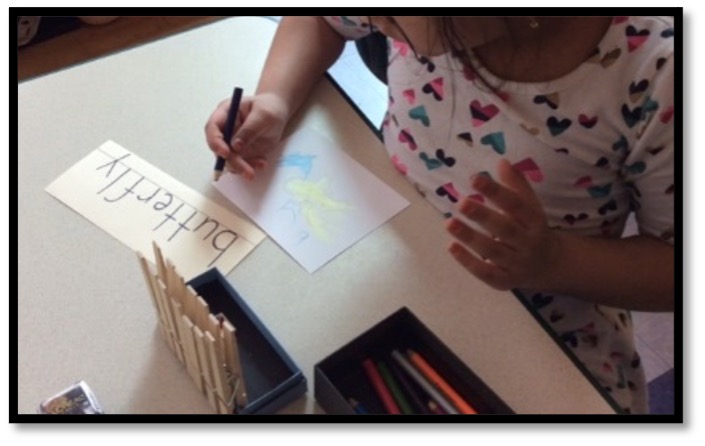
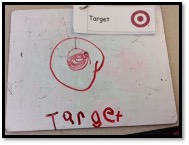
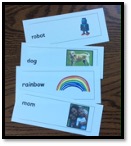
Have high-interest words accessible such as familiar places in children’s environment as well as keywords, for example: mom, dad, cat, and rainbow. Adding word cards to stencils makes the connection between drawing, letters, and the word and encourages children to label their work.
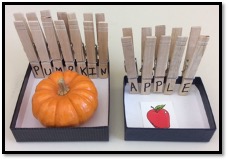
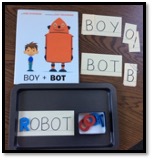
Words connected to your Big Idea or a read-aloud can be integrated in many ways.
Clothespin words along with the item and the printed word arranged in a small box offer a hands-on way to build a word. Key Words on sentence strips from a favorite story can be built with magnetic letters on a cookie sheet.
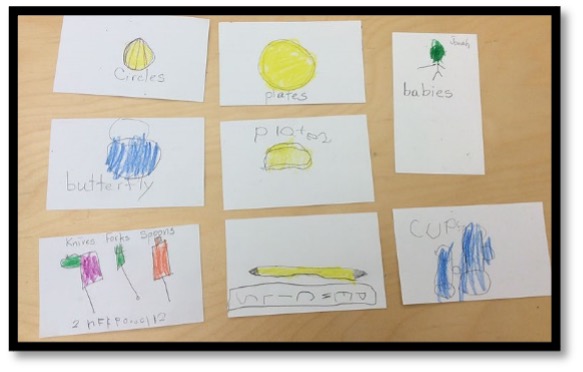
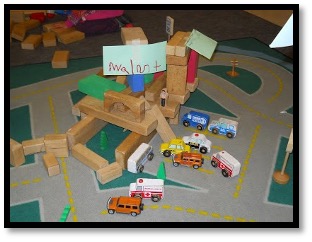
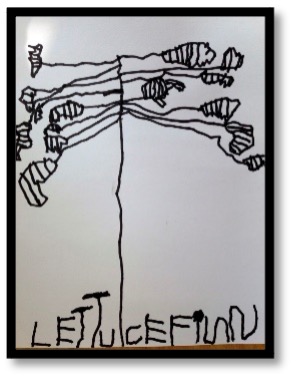
Dramatic play, the science area, and the block area offer many emergent opportunities for children to draw, label, and make signs. For children who show little interest in drawing and writing, these high-interest areas offer low-risk entry points.